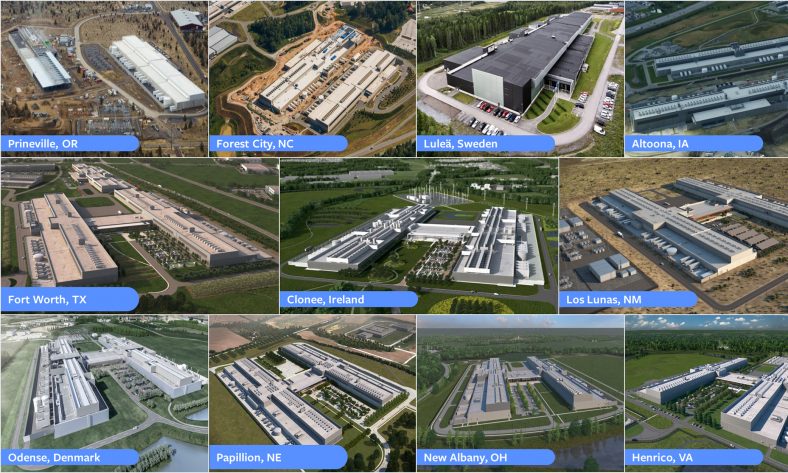During the last decades, the concern on the health of the ocean has grown. We have been using it as the global dumpster, filling it with trash and plastics, and now we know that the water contains micro-plastics that will never disappear.
However, why are we so concerned about the ocean if it is not the human habitat? There are many forests logged and many landscapes destroyed by mining activities every day. It seems to be more accepted, maybe because the images we get from land are not that shocking, since we are used to its destruction. Moreover, the imagery around the ocean has been very poeticized and mysterious, so we feel more guilty when hurting it.

Photo by Ed Kashi, National Geographic Image Collection.
The fact is that all the planet is connected, so whatever concerns us will affect the rest of it. As Kate Crawford and Vladan Joler explain in the text Analysis of an AI System, the first transcontinental cables that served as communication bridges from land to land were recovered in rubber so they could function [1]. This rubber was known as gutta-percha, and it was obtained from the Palaquium Guttatree (nowadays extinct) by native workers in dangerous conditions.

Landing of an Italy-USA cable, January 1925.
In this case, transcontinental communication damaged both the seafloor and the forests, affecting both the marine and the land ecosystems. The cables that connect two continents also connect two worlds: the marine with the terrestrial. We, as humans, perceive these changes as images that change the aesthetic perceptions that we have in the different environments.
Ossi Naukkarinen defines Aesthetic Footprint as the aesthetic impact of any object or action on the environment [2]. The concept is subject to the cultural and evaluative values of each individual. Depending on that, the aesthetic experience can be positive or negative for the self.
In the text Environmental Aesthetics in the Age of Climate Change, Matthew R. Auer writes about how people’s appreciation of the environment change, at the same time that climate change is altering the environment [3]. There are different theories relating to that. Some defend that the adaptability of the human will help societies to appreciate the new forms of the surroundings. But, others maintain that the world will become full of ugliness and negative aesthetic experiences. Moreover, he talks about the moral pressures and how the people will have an increasing feeling of guilt for the changes in the environment.
References:
[1] Crawford, Kate; Joler, Vladan. Anatomy of an AI System (2018).
[2] Naukkarinen, Ossi. Aesthetic Footprint (2011).
[3] Auer, Matthew R. Environmental Aesthetics in the Age of Climate Change (2019).
~ Alicia Romero






